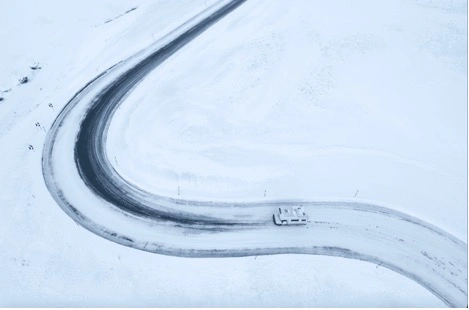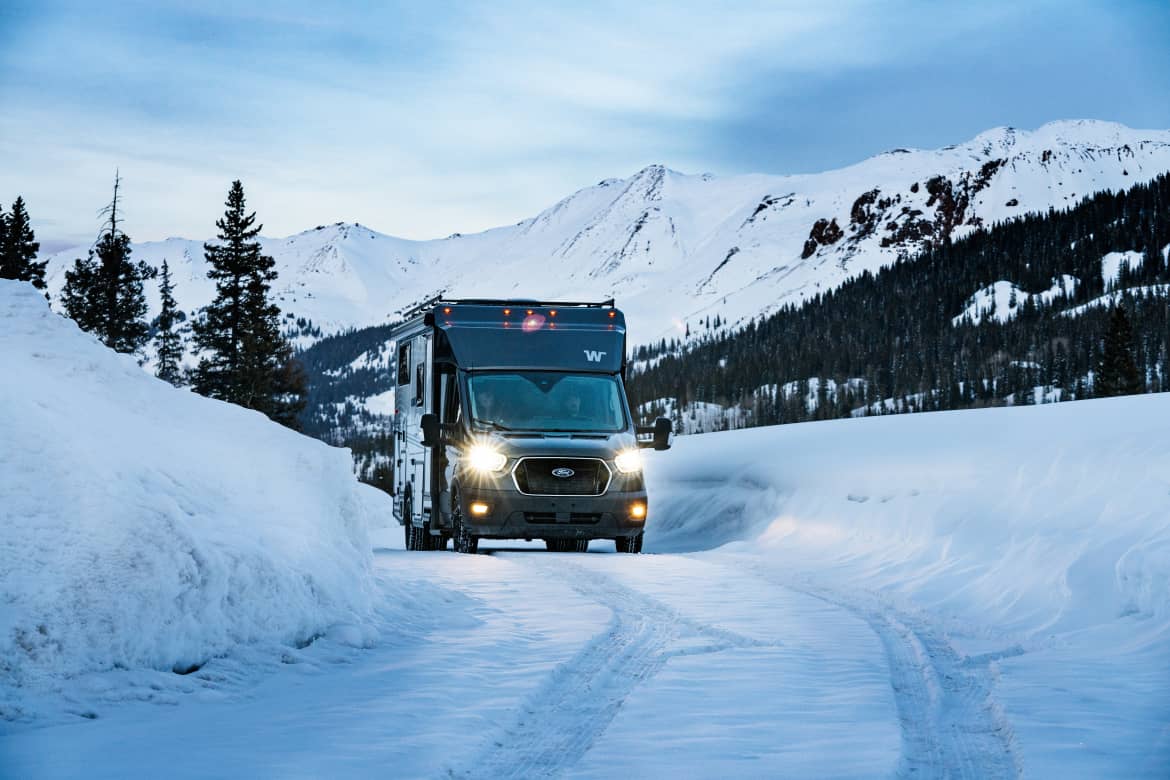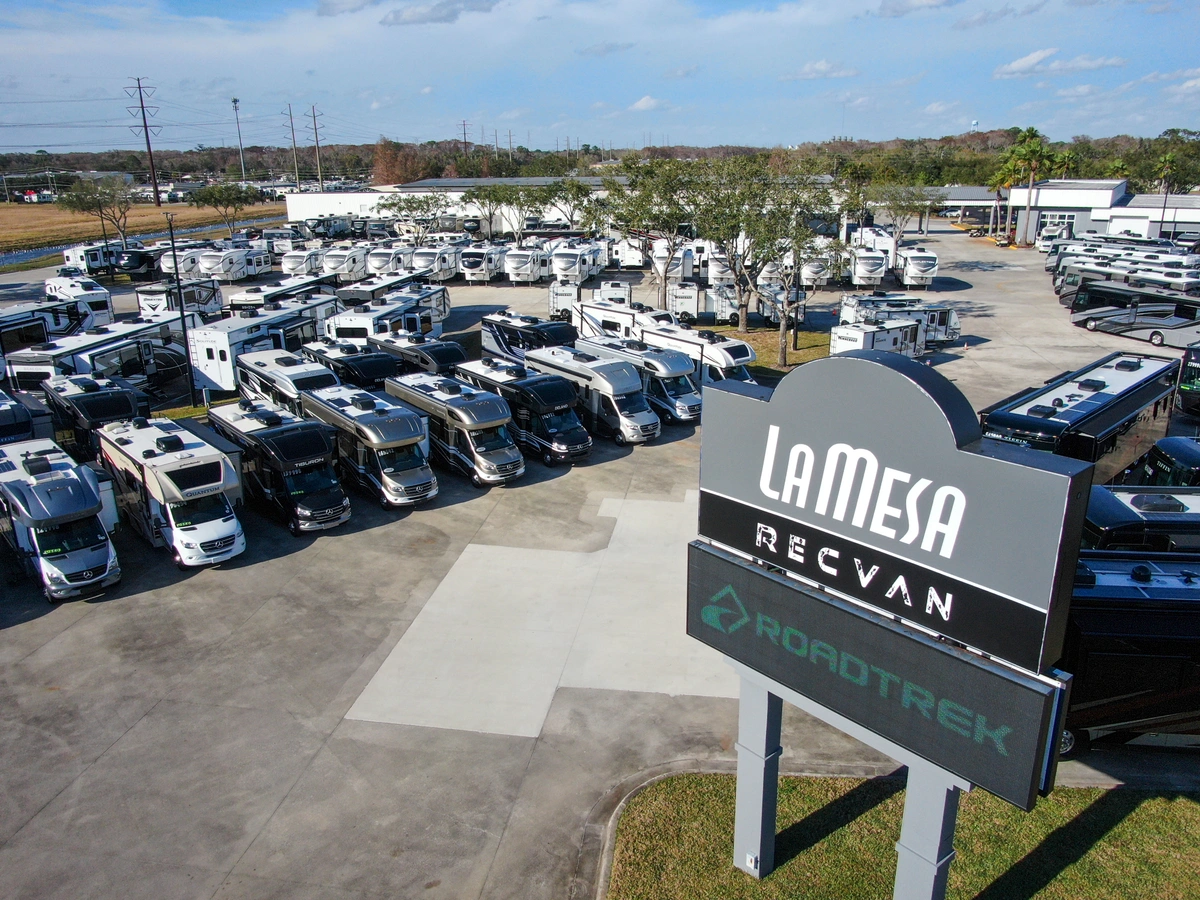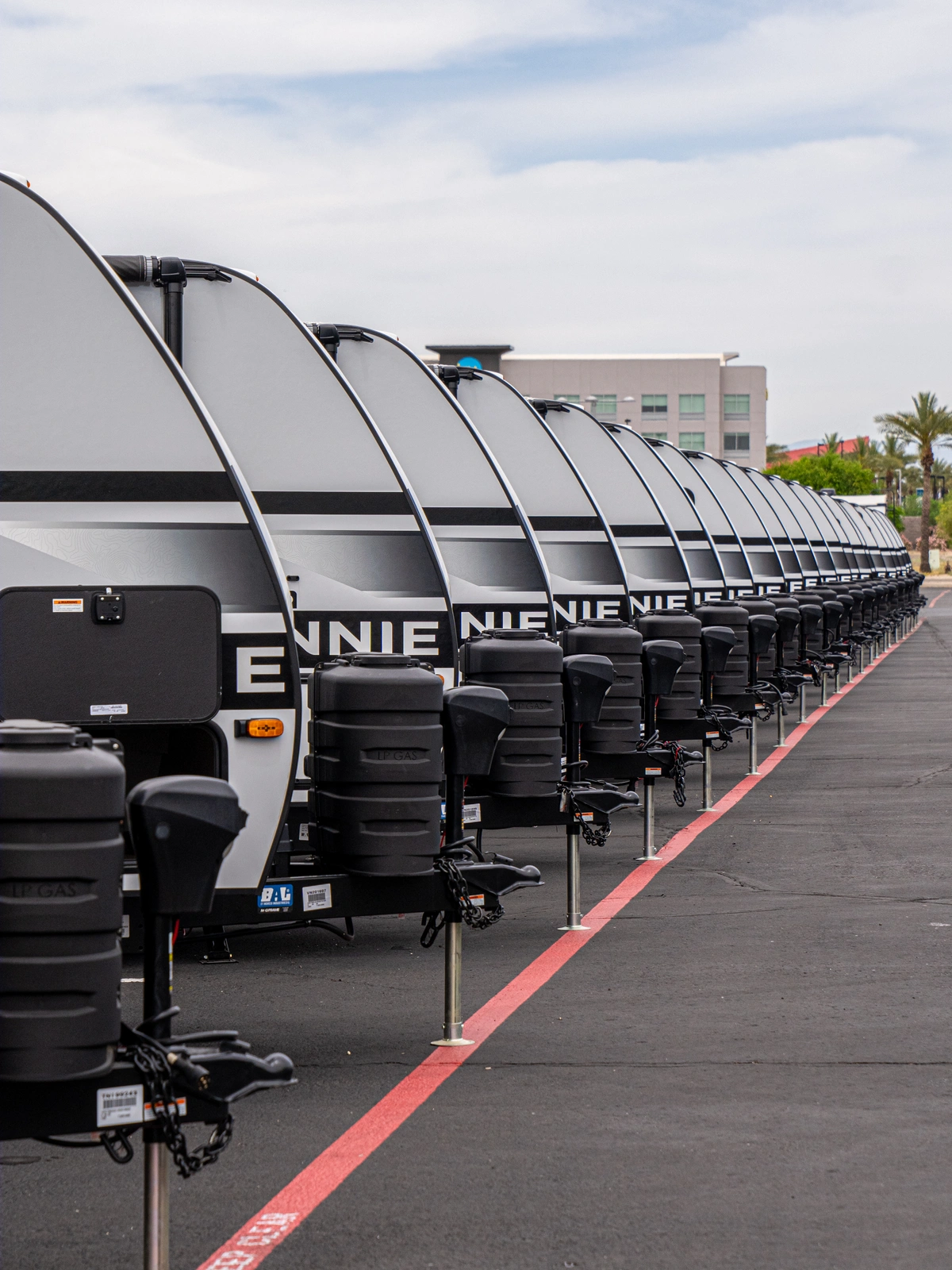Are you an RV camper who likes to hit the road during the winter? Winter camping can be peaceful and beautiful. It can also be a bit of an adventure to keep your RV and yourself thawed through the winter temperatures.
In this post, we'll discuss some of the things you need to do to stay warm and avoid common problems. We'll also recommend some accessories that can make your trip more enjoyable. So, whether you're a seasoned pro or a winter novice, read on for helpful tips!
Guest Post By Scott Russell
Is Cold Weather Winter RV Camping Right For You?
Most RVers either head south or winterize and store it through the winter months. But what about those adventurous RVers that love winter, want to ski or participate in winter sports, or need to camp through the winter out of necessity?
RV camping in the winter can be a unique adventure if you're up for the challenge. You'll often have to troubleshoot as you go to find what works best to keep your RV warm and thawed out. So winter camping works best for flexible campers that don't mind experimenting with different techniques and products to solve problems as they arise.
Many RV campgrounds close in the winter or shut off utility hookups and close bathrooms. Always check with the campground you would like to stay at to be sure that they are open and that they have full amenities. If you're willing to brave the cold weather, RV winter camping can be a great way to enjoy the beauty of the season. Just be sure to dress warmly and pack plenty of hot food and drinks!
RV Features That Make Winter RVing More Comfortable
If you know when shopping for an RV that you would love to try camping through the winter months, there are some RV features that can help to make the experience a little more comfortable. Some RVs offer a four seasons package or an arctic package. This usually means that the RV has additional insulation. Check the details to see what is included in each package. Extra insulation really makes a difference in keeping you comfortable during winter camping. Additional RV features that are great for winter camping are a sealed underbelly, heated tanks, and double-pane windows.

Exterior Tips To Keep Your RV Warm
Whether you are camping stationary in one spot during the winter season or traveling in your RV, there are a few things to do on the exterior of your RV to keep things warm and working smoothly.
One of the most effective ways to keep your RV warm is to add RV skirting. Skirting serves as a wind barrier around the bottom of your RV to help keep the cold out and the heat in around your tanks and plumbing. There are many different options for skirting that range from custom fitting to DIY. The skirting you choose may depend on how often you travel or if you are stationary during the winter months. Also, check with the campground you are staying at to see if they have rules regarding the type of skirting allowed.
Another stationary option if allowed by the campground is to use hay or straw bales. They can be wrapped in tarps to keep them dry and to help keep critters out. While this is effective for keeping your RV warm, it can draw pests like mice and is also very flammable. This is not a good option for campers that enjoy campfires in the winter. Also, some campgrounds won't allow bales for skirting so check the rules before purchasing.
In a pinch, snow can also be piled and packed around your RV to serve as a wind barrier. Think of it as a snow dam to prevent wind from flowing under the RV. You may not have snow available as an option in your location though.
Tips For RV Tanks, Water Lines, And Sewer Tubes
Tips To Keep Your RV Warm Inside While Winter Camping
Inside your RV you will want to identify the most efficient source of heat to keep yourself toasty during your time winter camping. While it's important to run your RV furnace to keep your tanks warm underneath, it also may be a great idea to utilize an electric source of heat inside such as your RV fireplace or a space heater. We use both our RV furnace and an electric space heater which really helps to keep our RV warm.
If you need a second space heater or find that running a space heater is too much of an electrical load on the RV, it is possible to run a heavy gauge extension cord directly to the power pedestal and into the RV through a slide. You can also use a surge protector with a heavy gauge extension cord. Note that unattended space heaters can be a safety risk. It helps to use the surge protector and heavy gauge extension cord and to also use a heater that has a tip-over safety shut-off.
The best way to prevent RV condensation is to use a dehumidifier. It's wild how much moisture ours pulls out of the air. Other options are to open roof air vents, crack open windows, and use a fan for air circulation. RV walls can begin to sweat and actually frost if the moisture isn't controlled. Under mattresses and the inside of the closet are locations where moisture and mold can form.
Make sure to use roof vent fans when showering or cooking to remove extra moisture. If you spend time camping in the snow, you may want to consider adding MaxxAir RV roof vent covers outside so the vents can still be opened during snow cover. Consider adding a breathable mat under mattresses like Hypervent and adding a moisture removal product like DampRid inside of the closet.

Driving And Setting Up In Winter
As exciting as it is to RV in the winter, it's not worth the risk to drive an RV in the snow. Consider waiting longer until the forecast is dry to travel. If you don't have tank heating blankets, it may be a good idea to winterize your RV for the travel day and then de-winterize when you arrive depending on how low the temperatures will be while traveling. When you arrive, it is also helpful to put blocks under your landing legs to help keep them from freezing to the ground.
Winter RVing is a great way to enjoy the outdoors while still having the comforts of home. By following these simple tips, you can stay warm and avoid any problems that may occur while winter camping. So what are you waiting for? Get out there and enjoy winter camping!
Looking for a new RV to begin your winter adventures? La Mesa has an incredible selection with all of the features that make winter RVing a breeze. Bring your wishlist and stop by today!
Scott, his wife Van, and their 12-year-old daughter Sissy have traveled full-time in their RV for 7 years. They have worked and homeschooled on the road through 42 states so far. They blog about RVing tips, travel destinations, and the full-time RV lifestyle on their blog, TheAdventureDetour. They are also RV content creators @theadventuredetour on Instagram, TikTok, and Facebook. They love connecting with RVers so be sure to reach out to them and say hi!



